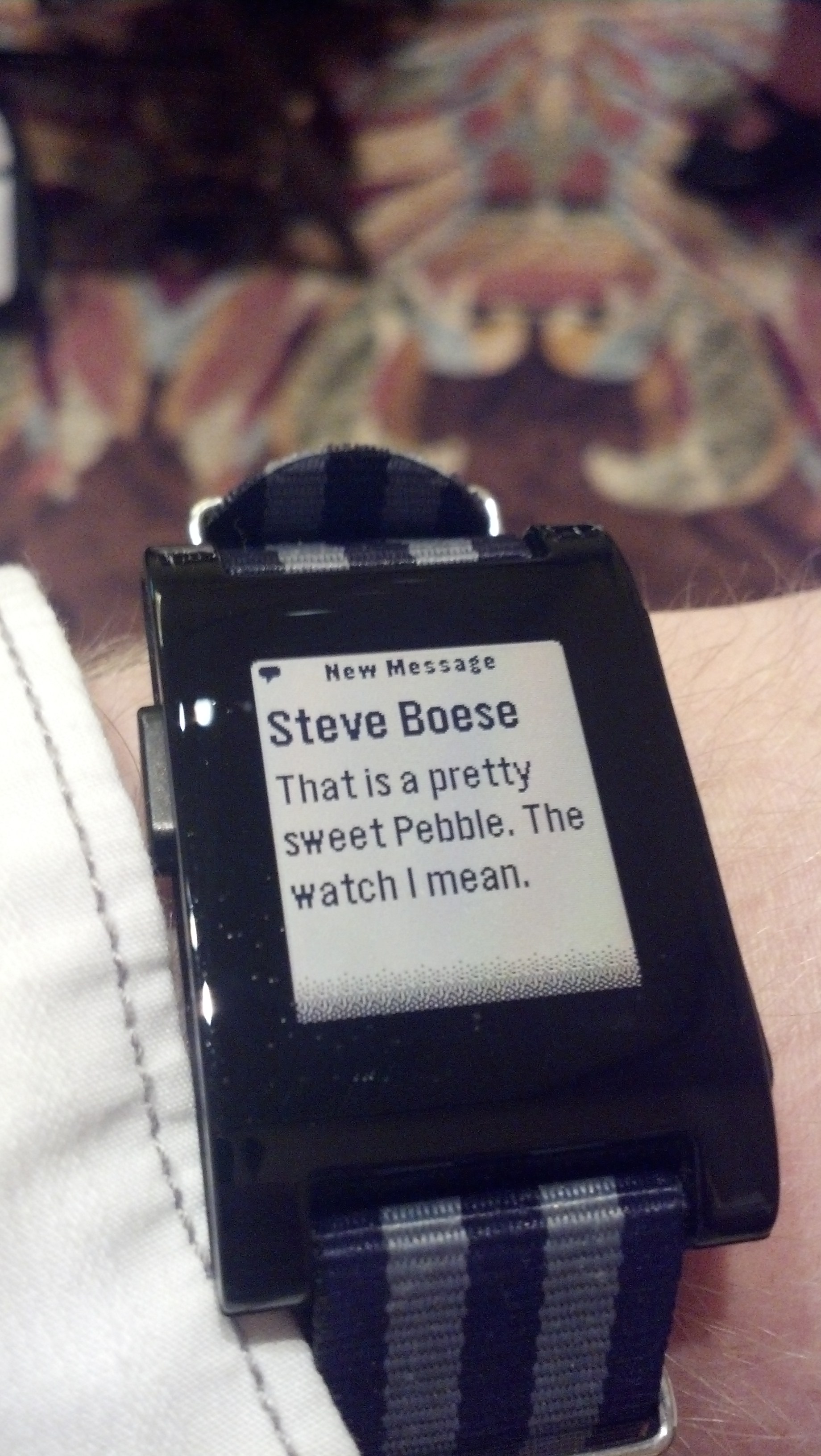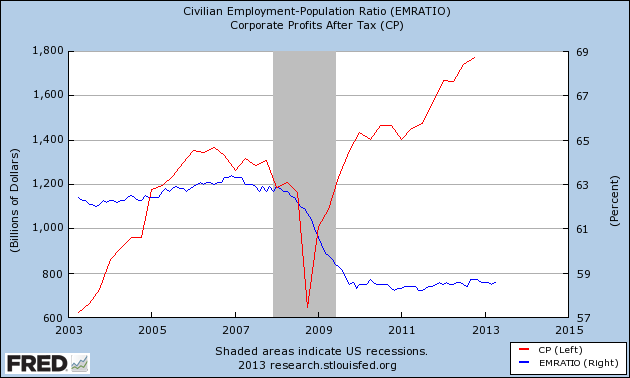VIDEO: The robot would like a sidebar, please
How do you balance the demands of the modern workforce for flexibility around schedules, locations, and desire to not cut back on that white-knuckle ride on the daily commute, with many organizations desire to foster a collabortive and innovative environment that to many leaders only comes from workers 'physically being together?'
Meet your future colleague Ava 500, or rather, the robot that your future colleagues will be driving around the office or plant or store if the vision of the folks at iRobot and Cisco comes to pass. Ava 500 combines the mobility and navigation capability from iRobot, with Cisco's teleprescence technology into a robot technology that can be used to teleport anyone in the organization regardless of their physical location to any other location that is equipped with an Ava 500.
Check the video below from iRobot to see Ava in action (Email and RSS subscribers may need to click through)
Pretty nifty, right? And did you catch that little feature with the 'robot' drags a couple of the meeting participants out of the room for a little private time?
I think the long-term key for these kinds of telepresence robots to actually move past novelty and into more widespread use is that they have to seem less, well robotic, and more natural. They need to be able to move fluidly, be aware of their environment, and maybe have a little personality.
The workers that teleport into Ava have to come across to their colleagues as close to 'normal' as is possible, and using the high-end Cisco telepresence tech is one way to try and achieve that. No one is going to want to interact with a person piloting an Ava 500 if the video feed resembles a dodgy Google Hangout from someone's dreary basement home office.
One thing the video didn't show, perhaps purposefully, is depict two different Ava 500's interacting with each other. In a way, if using a technology like Ava would be so fantastic for connecting one remote worker with their colleagues, then why not 2 or 3 or 20?
Maybe the workplace of the future will be one that ends up being largely uninhabited by any people, but rather a fleet of telepresence robots that move from meeting to meeting while different workers take turns teleporting in from all over the world.
What do you think - is the Ava 500 coming soon to a workplace near you?

 Steve
Steve

